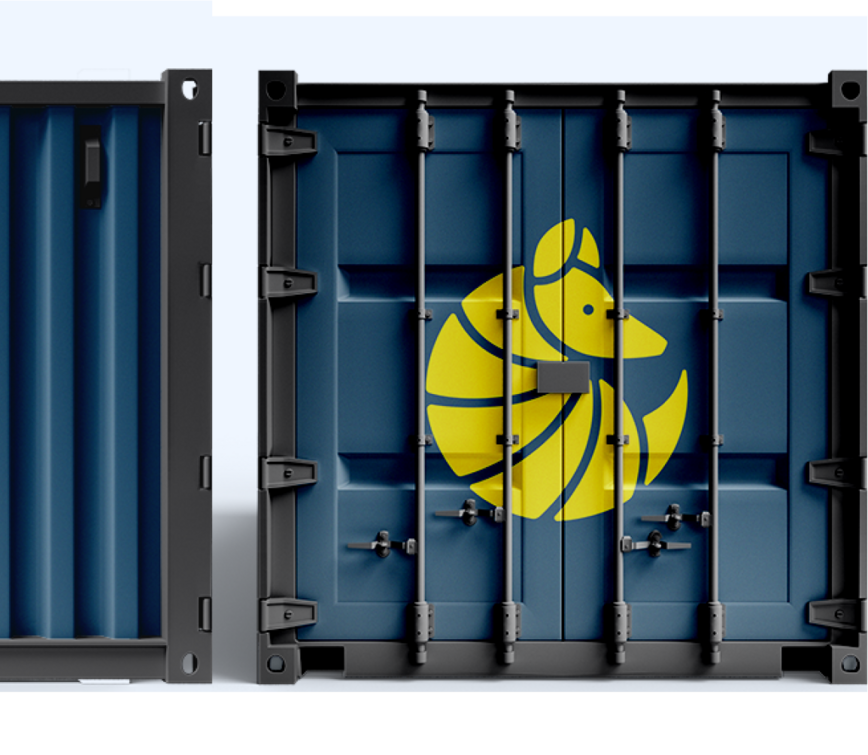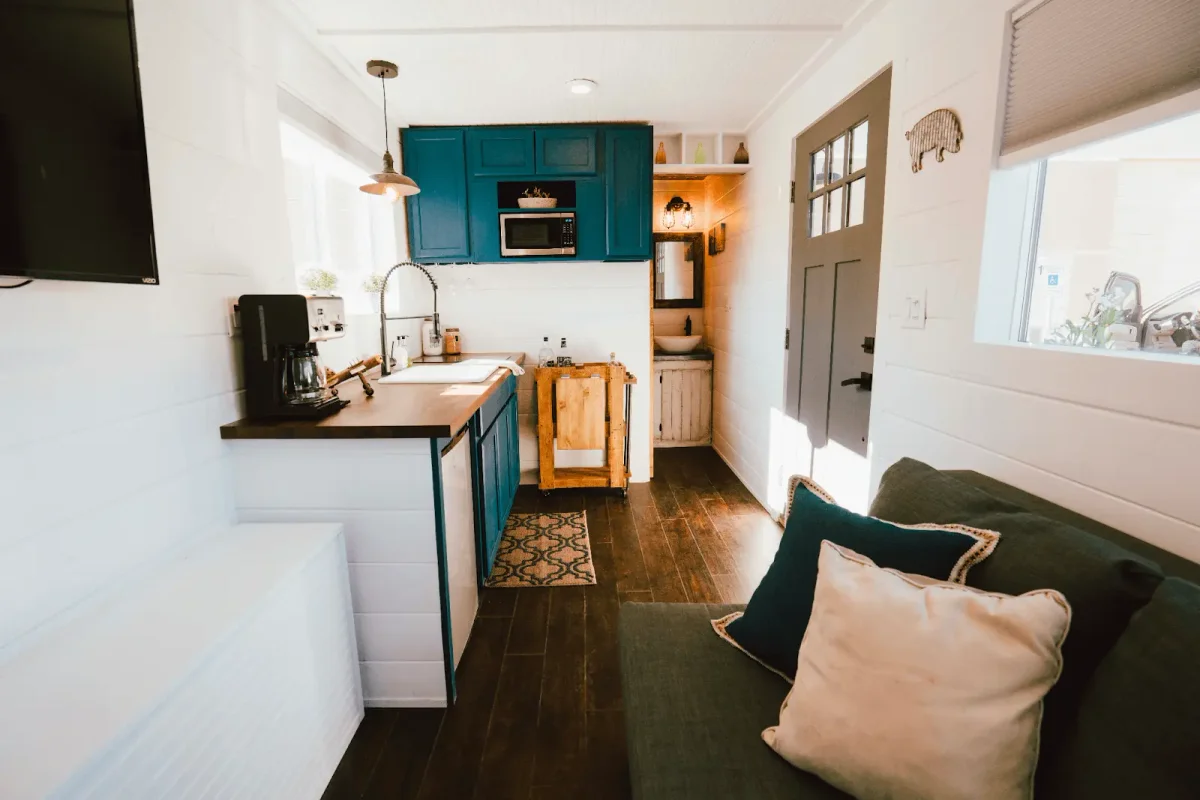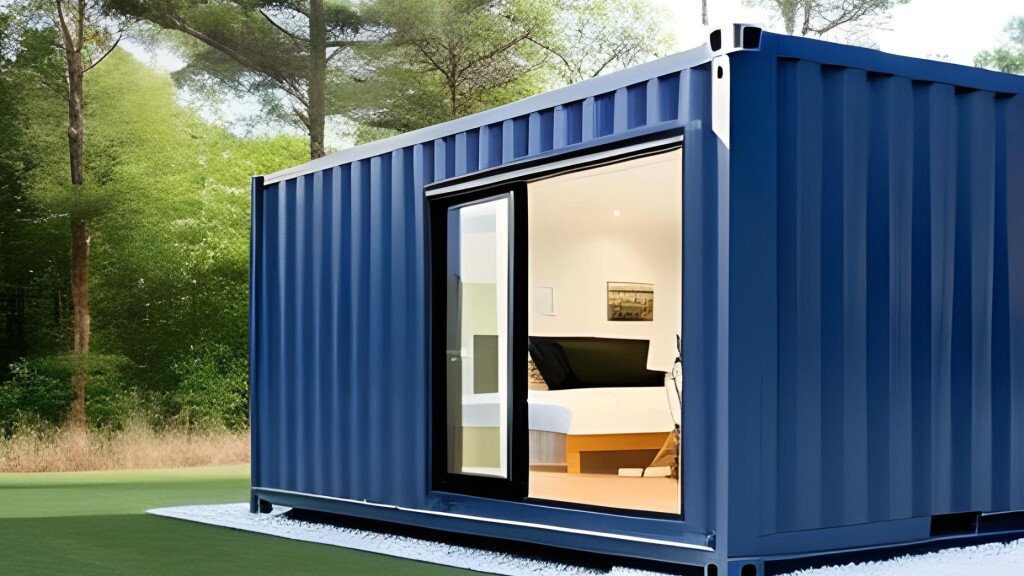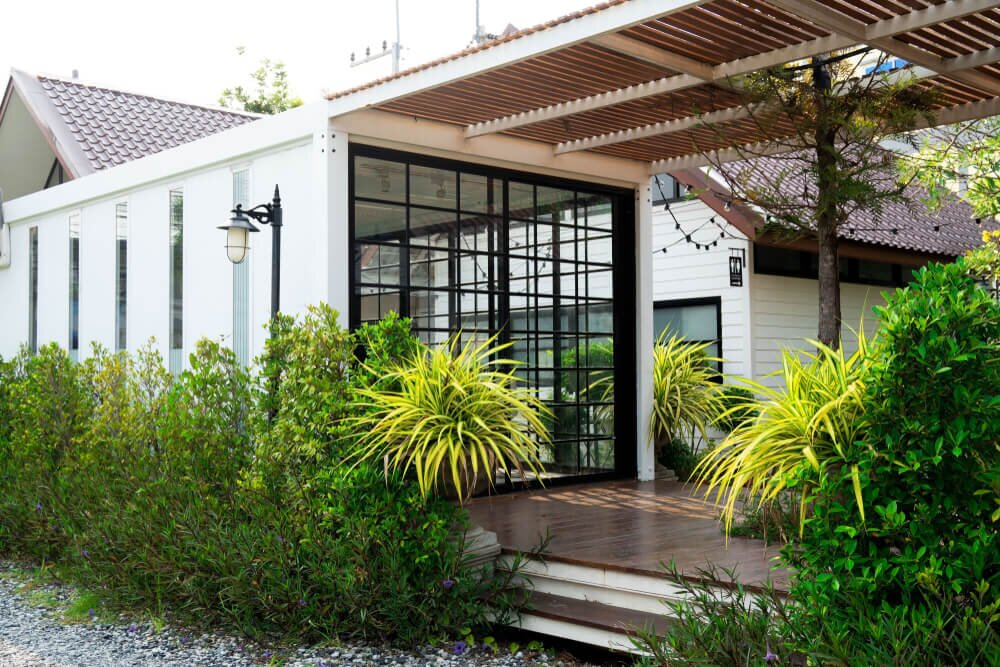Track my order
blog
Alternative Living Spaces: Transforming Shipping Containers Into Dream Homes



Some tiny home enthusiasts are looking to reduce their carbon footprint. On average, a modular home produces about 92% less CO2 emissions each year compared to a traditional home.
For others, inflation and a competitive housing market have spurred interest in cheaper alternatives to traditional homes. Tiny homes in the U.S. are on average 87% cheaper than a standard home.
Alternative Living Spaces (ALT) helps both camps. They’re a Las Vegas-based small business that aims to offer an affordable — and sustainable — housing alternative: transforming shipping containers into customizable homes.
The company is the brainchild of Tony Lopez, a former youth minister with an entrepreneurial mindset and deep love for architecture and design. He’s been imagining living spaces his entire life.
“If you asked me when I was six years old, I would’ve said ‘I want to be an architect.’ I remember being in biology class, and I’d have my biology notes on one half of my notebook, and then the other half would be filled with drawings of houses,” he said.
From Ministering to Making Homes
After studying architecture in college for a year and a half, Tony pivoted to studying theology and spent five years as a youth minister.
However, his urge to build — and help improve the lives of others — never left him. In 2016, Tony realized the potential of turning shipping containers into affordable homes.
“I saw a warehouse that was very industrial and cool. They’d converted two shipping containers into offices. These really bright, really cool-looking shipping containers.”
“I just thought, this could be a really cool solution for affordable housing.”
The next day, Tony began searching for shipping containers on Craigslist. He found one that was partially built out, purchased it, and spent nine months transforming it into a home.
Building The First Container Home
Tony didn’t know much about building. Luckily, his father had spent his life working in construction and quickly became a knowledge source during that initial buildout. Tony worked two jobs at the time and could often only spare one day a week to turn his investment into a functional living space.

“We built that first house together, but you know, we both underestimated how long it was going to take us,” Tony said. “By month four, he was like, ‘you’re on your own!’”
Though the build started as an exploratory venture, Tony always hoped to eventually turn it into a thriving business.
He commissioned photo and video shoots to capture the finished tiny home, then posted them on YouTube. He launched his website the day prior, so viewers could learn more about Tony’s vision and his budding company.
The video generated 10,000 views on the first day. Today, it’s garnered over two-and-a-half million.
Though growth didn’t happen overnight, it did increase steadily as his work gained visibility. “Someone eventually bought the first container,” he said. “We didn’t go from zero to a hundred…but then someone else bought another. So then we built the next one, and just kind of went from there.”

Turning Shipping Containers into Dream Homes
Alternative Living Spaces has executed more than a hundred builds since Tony’s first project, including container backyard offices, pools, cabanas, mobile gyms, and a coffee shop.
One of Tony’s favorites is a Santa Barbara home his team constructed using three back-to-back, 20-foot containers on wheels that share a rooftop deck across them. And while he hasn’t yet had the opportunity to work on anything stacked, it’s high on his wish list of dream projects.
While the primary goal of Alternative Living Spaces has always been to create modern, affordable housing, navigating the intricacies of permitting led Tony to broaden his mission to include the Airbnb market, composed mainly of clients who were looking to add a rental unit to their property.
“Most of our business until now has been a lot of backyard builds or Airbnb units, but at the end of the day, we would really love to just be involved in providing affordable, cool, smaller housing.”

The potential of shipping containers to provide comfortable, affordable housing is gaining momentum. In Tampa Bay, shipping containers have been transformed into transitional housing for homeless veterans. During the pandemic, a shipping container village was built in under 5 months, providing 132 permanent housing units to unhoused people.
Helping Others Build Dream Homes
For Tony, the two biggest elements his buyers need to keep in mind when considering a container home are location — where they plan on placing the unit — and cost.
As with traditional homes, there are several financing options available for tiny homes, depending on the builder. However, the easiest way for buyers to save money is to build the home themselves.
Tony built his first container home for $13,000 — around 65% less than tiny home enthusiasts can expect when working with a retailer.
“I just knew there were people like me out there who were trying to avoid paying retail. It felt like a big opportunity to make container homes more accessible and affordable to them, while still catering to those who prefer prefab through our retail offering.”
In fact, around 85% of Tony’s audience lacks the budget to buy a container home fully built, so he began offering courses on building them, DIY-style. These courses are now one of Tony’s favorite aspects of the business.
“I love teaching. I get a lot of fulfillment from being able to do these kinds of courses with people and teaching them how to build container homes,” he said, adding that anybody can build a container home.
“It’s really not that difficult, especially if you have a roadmap to follow.”
His courses serve as that roadmap, covering everything from insulation and knowing when to call in a specialist, to an especially crucial step — purchasing a container with the right supplier.
Boxhub is one of his go-to’s. “I feel like you guys genuinely solve the logistics problem,” he said. “Whenever we received a container from you guys, it was always on a tilt bed trailer, which made it really simple for us. I think if it’s someone’s first time buying a container, it is nice for them to be able to work with a company that is a professional in that realm.”
Tony’s latest workshop, How to Build Your Own Container Home, will train participants on critical components of planning a successful container home project, adding extra value to container homes, costly mistakes when building a home, and much more.

Tony welcomes anyone with an interest in tiny homes and modular living to enroll in his courses. “My only hope is that the tools and training these courses provide will help embolden more people to consider tiny homes as a sustainable, affordable alternative housing option.”
Interested in building your own tiny home? Sign up for Alternative Living Spaces’ free home-building workshop here.

About Nina Barango
Nina Barango is an experienced content marketer and container expert with a proven track record in the tech and logistics industry. Having worked with various startups and SMEs, she bridges the world of marketing, tech and shipping containers. When she's not creating content that'll revolutionize global container trade, you can find Nina reading a book or mastering her video editing skills.







Continue Shopping
Loading cart